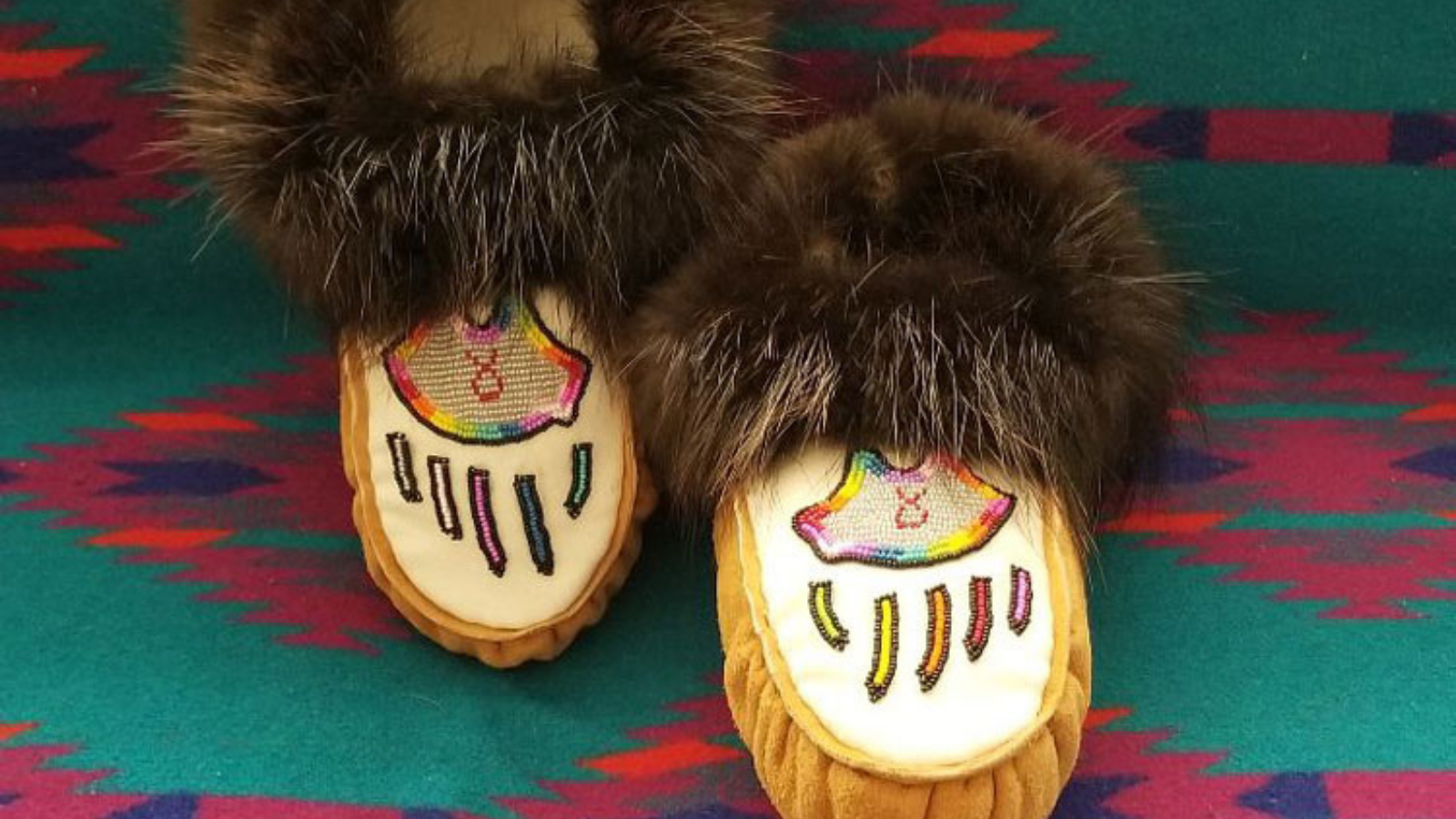June is National Indigenous History Month, a time for Canadians to honour the history, heritage, and diversity of First Nations, Métis, and Inuit peoples. The recent news of the remains of 215 children found at the site of the former Kamloops Indian Residential School is a stark reminder of how important it is to understand Canada's history with Indigenous peoples as part of our present efforts towards Truth and Reconciliation. We must continue to grapple with the effects of colonialism.
As I reflect on what Dr. Florence Glanfield, U of A's Vice-Provost (Indigenous Programming and Research), wrote about this tragedy, this passage in particular stands out to me:
Universities across Canada are working to address the historical and contemporary legacy of the residential school system and colonial harms more generally, by taking up the Calls to Action issued by the TRC. Universities must be committed to mobilizing the truth about the Indian Residential Schools realities. As the TRC directs us, “Without truth, there can be no reconciliation.”
What can individuals and communities do to remember these children and other lives lost in the residential school system?
I have spent the past few days thinking about Dr. Glanfield's question and what we at the U of A can continue to do to honour the memory of all children who attended residential schools.
One first step we can all take is to learn the history and realities of residential schools from Indigenous peoples. I highly recommend the Indigenous Canada Massive Open Online Course offered by U of A's Faculty of Native Studies. It is free, open to all, can be accessed anywhere in the world, and can be completed at your own pace. This past week, thousands of people have registered for, and shared Indigenous Canada in a commitment to learning more about Indigenous histories and contemporary issues. Thank you to Dr. Tracy Bear, Dr. Chris Andersen, Dr. Paul Gareau, Alannah Mandamin-Shawanda, and Isaac Twinn in the Faculty of Native Studies for creating and presenting this powerful course.
Another step we can take together is to continue to support the Indigenous Initiatives that exist on our campuses today, including the Transition Year Program, First Peoples’ House, undergraduate and graduate programs in Native Studies and Indigenous Peoples Education, a partnership with the Métis Nation of Alberta and the Rupertsland Institute, and Indigenous recruitment roles. Dr. Glanfield is leading the development of an Indigenous Strategic Plan to further support the work of faculties and departments to Indigenize curricula, and foster a supportive environment for Indigenous faculty, students, and staff.
When we embarked on University of Alberta for Tomorrow, including academic restructuring, we prioritized equity, diversity, inclusivity and Indigeneity. Recognizing its unique role, it was important that the Faculty of Native Studies retain its autonomy. Having a dedicated Faculty of Native Studies is critical to the U of A's academic structure and commitment to supporting Indigenous initiatives.
I often think about how the moccasins I received during my installation have encouraged me to walk in a good way and think about how to advance Indigenous initiatives at the U of A. When I open General Faculties Council meetings with the land acknowledgement, I think about my own place and role. I grew up on Treaty 6 territory and homeland of the Métis, and was proud to return and join the University of Alberta community. Even while operating mainly in virtual spaces, it is important for all of us to think about the long history of these lands. Dr. Glanfield also reminds us of the importance of the acknowledgement of territory, and the responsibility that comes with doing so. I encourage others not only to include land acknowledgements, but to think about how to meaningfully create and share land acknowledgements. U of A's Centre for Teaching and Learning has some excellent resources for doing so.
National Indigenous History Month asks us— Indigenous and non-Indigenous peoples— to walk the path of Truth and Reconciliation together. The traditions, cultures, languages, and ways of knowing of Indigenous peoples shaped this territory and the communities gathered here. The U of A is home to outstanding Indigenous leaders and scholars who are bringing these languages, cultures, histories and contemporary applications to classrooms across Canada and around the world. I encourage you to learn more about their work and take some time to reflect with me on how we, as a university community in particular, can continue to expand the critical work being done to meet the TRC’s Calls to Action.
Bill Flanagan
President and Vice-chancellor
